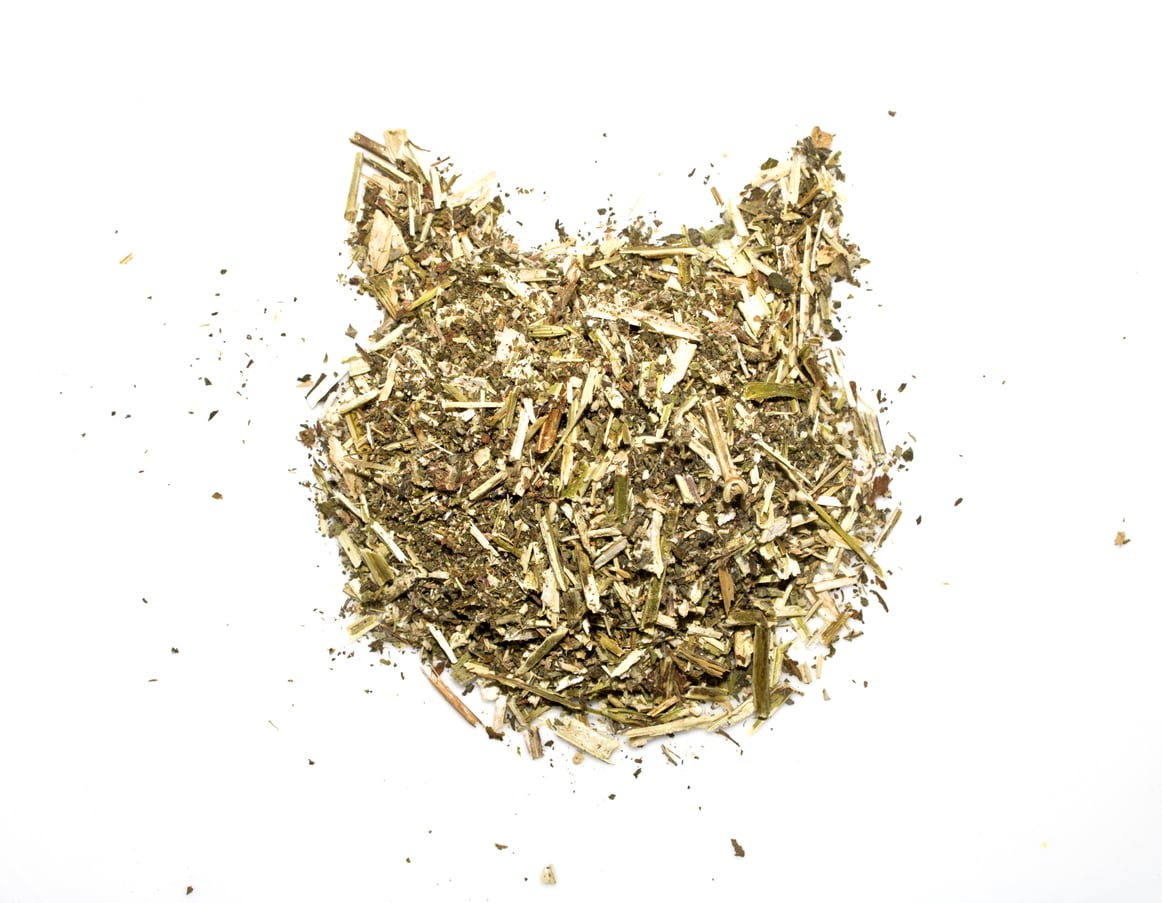Catnip Drying Tips: Can You Dry Catnip Herb For Later Use


Whether your pet is a dog or cat, even a pig or a ferret, all pet lovers try to provide them their favorite foods, snacks and treats. Among favorites for the kitties is catnip. While many cats love this herb, some don’t like it fresh, preferring it be dried. If you’re a cat lover whose looking for a new experience for your feline, think of drying catnip leaves.
About Catnip Drying
A member of the mint family, catnip grows readily when located in its happy, full sun location. As with all herbs, leaves are smaller when dried, so let leaves get to a mature size before drying. If your cat is one of those that does not care for fresh catnip, you can dry leaves early in the growing season to experiment whether your kitty likes dry catnip herb. If not, catnip drying provides an ingredient for a healing tea. Steep catnip alone or with other herbs for a mixture said to ease headaches, anxiety, and nervousness. With a multitude of uses, you might want to plant a bigger catnip patch in your herb garden. Learning how to dry catnip ensures you have it whatever time of year it is needed.
How to Dry Catnip Plants
When your catnip plants have reached the optimum size, you can begin to harvest. Harvest before they bloom or cut blooms out as they develop. Depending on your location, there may be several harvests in your crop. Pruning the plant back encourages further growth in the right conditions. Harvest the herb for catnip drying early in the day. This is when they’re most turgid and flavorful. Take a 4- to 6-inch (10-15 cm.) stem cutting above a leaf. Bundle several stems together and hang them upside down in a warm spot. Place a plate underneath the hanging herbs to catch any leaves that might drop. When leaves are crumbly, remove them from the stem and store in a tightly closed container or resealable bag. If you’ve just harvested a few leaves, dry them on a plate in the sun. You may also dry catnip herb in the oven on low heat (200 degrees F. or 93 C.). This takes several hours to get them to appropriate dryness.
Sign up for the Gardening Know How newsletter today and receive a free copy of our e-book "How to Grow Delicious Tomatoes".

Becca Badgett was a regular contributor to Gardening Know How for ten years. Co-author of the book How to Grow an EMERGENCY Garden, Becca specializes in succulent and cactus gardening.